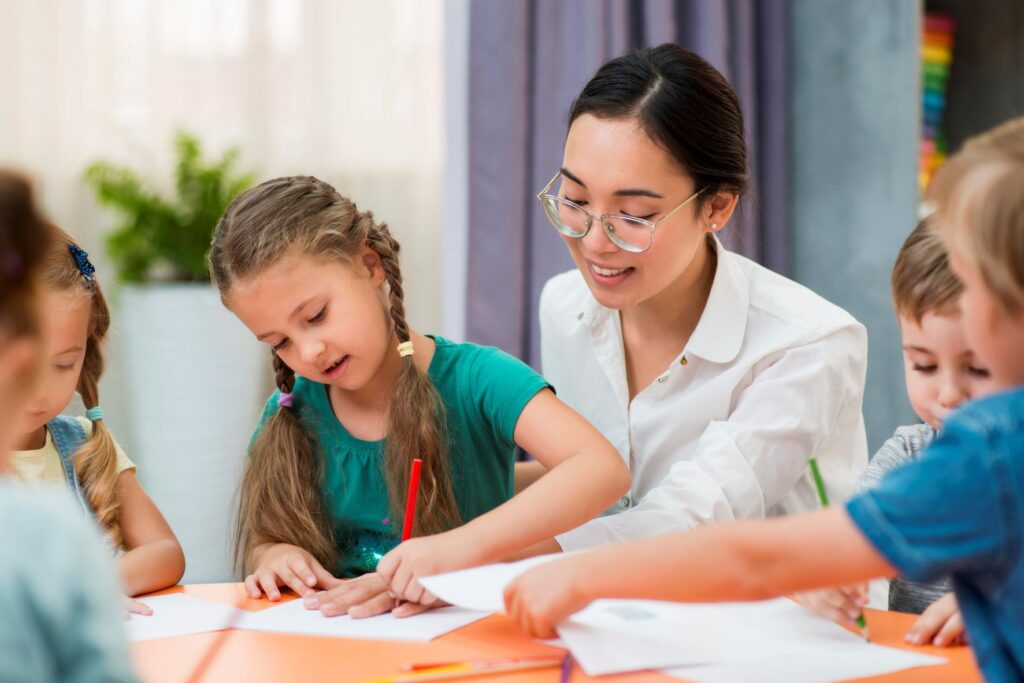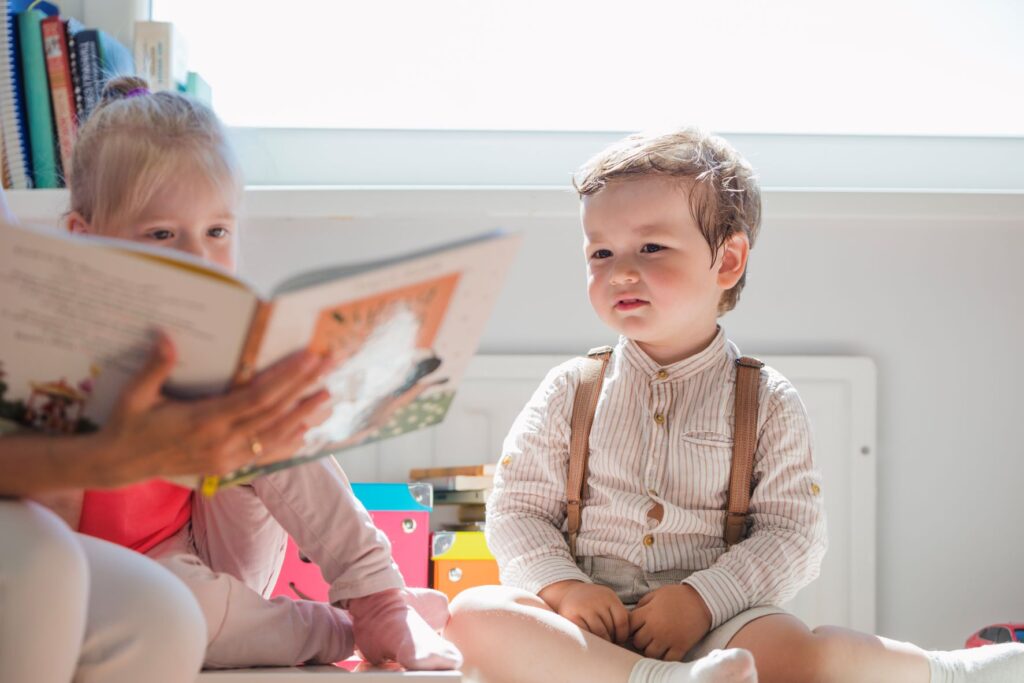The early years of a child’s life are crucial for their development, and it’s essential for parents and teachers to work together to ensure that young children receive the best possible education. Effective communication between parents and teachers is critical for achieving this goal. Here are some reasons why parent-teacher communication is so important in early childhood education:
1. Understanding the child's needs:
Effective communication between parents and teachers helps ensure that everyone involved in a child’s education is aware of their individual needs, strengths, and weaknesses. This knowledge allows teachers to tailor their approach to meet the child’s specific requirements and provide support where necessary.
2. Encouraging parental involvement
Parents who are informed about their child’s progress and the activities taking place in the nursery are more likely to get involved in their child’s education. This involvement can take many forms, such as volunteering at the nursery, attending parent-teacher meetings, or supporting their child’s learning at home.
3. Enhancing learning outcomes
Regular communication between parents and teachers can help identify any challenges the child may be facing and develop strategies to address them. This approach can enhance learning outcomes, as teachers can adjust their teaching methods to accommodate the child’s learning style and abilities.
4. Building positive relationships
Effective communication between parents and teachers can help build positive relationships based on trust and mutual respect. This relationship can create a supportive environment where everyone is working together to ensure the child’s well-being and academic success.
In conclusion, effective communication between parents and teachers is crucial for ensuring that young children receive the best possible education. Nurseries can facilitate this communication by using various tools and strategies that encourage parents to get involved in their child’s education and provide teachers with the information they need to tailor their approach to meet the child’s individual needs. By working together, parents and teachers can help young children achieve their full potential and set them on a path to lifelong learning.



